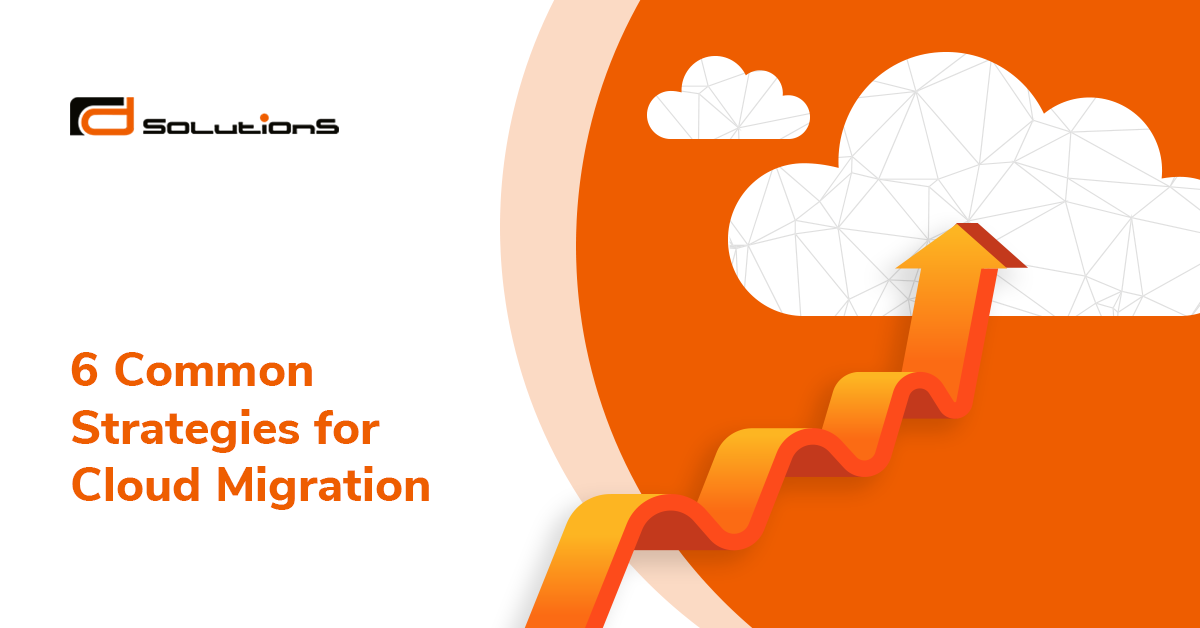A cloud migration strategy is a high-level framework of principles for conducting a successful move of data, applications, and (or) other digital elements to a cloud computing environment.
Like other crucial business processes, the move to cloud computing needs a solid strategy to succeed.
Finding the correct way of getting from point A to point B has proven to be tricky, though. Organizations often can’t seem to agree on the right strategical framework.
In 2011 Gartner presented the idea of the so-called 5 R’s which turned out to be a fantastic starting point for defining the different stages of most cloud migrations.
Amazon Web Services (AWS) expanded on the idea, and today we have the 6 R’s, which outline the most common strategies.
Before we begin, bear in mind that these are just outlines of possible strategies and not hard rules that you must follow strictly. Some migrations can include one of the following phases while others may include all of them.
Rehost aka “Lift and Shift”
The rehosting phase involves the migration of one or multiple applications to the cloud without making any changes before the transfer.
This is a relatively simple process that doesn’t require any changes to the application’s code. The “lift and shift” strategy is often used by companies in need of a quick and simple transition to the cloud to meet a specific business objective. Rehosting can also be the first part of a migration followed by further customization to different IT assets after they’ve been moved to the cloud.
This approach has many benefits like simplicity, quickness, and the option for almost complete automation. At the same time, rehosting often doesn’t allow you to take advantage of all the opportunities the cloud has to offer straight away.
Rehosting can be performed manually, or it can be automated with the help of a tool like AWS Server Migration Service.
Replatform aka “Lift, Tinker and Shift”
The replatforming phase includes some customization or optimizations of the digital assets before the move to the cloud.
These changes provide more flexibility in comparison to the rehosting method and assure more of the cloud’s capabilities can be leveraged after the migration. Since there’s a need for customization beforehand, this approach is a bit more complicated, but with the help of a cloud computing expert it shouldn’t pose a problem.
Important note: the “lift, tinker and shift” phase does not include changes to the core architecture of applications, unlike the refactor phase.
Successful replatforming should also be a quick process that provides you with the opportunity to take advantage of more of cloud computing’s benefits.
Repurchase aka “Drop and Shop”
The repurchasing phase includes the retirement of old solutions in favor of newer upgraded ones or entirely scrapping some applications and directly using different cloud-based alternatives.
The “drop and shop” process isn’t the most complex but it does require a detailed audit of your current portfolio of digital assets (which you’re going to do before the migration begins regardless of your strategy). During this time, you can identify opportunities for improvement in specific areas through the implementation of upgraded applications or entirely new ones.
At the same time, you can decide not to renew or terminate old contracts which require lots of cash upfront in favor of a more flexible pay-as-you-go model.
Refactor aka Re-architect
This phase includes fundamental changes to your code base in order to turn non-cloud applications into cloud applications.
Refactoring is often the most complex and expensive phase while at the same time providing the most significant benefits in terms of taking full advantage of the cloud. Re-architecting also requires lots of expertise which many companies still lack.
Refactoring allows for the implementation of features and scale to match current business needs. You can think of refactoring as the most complicated phase of moving assets to the cloud with rehosting being the most straightforward, replatforming being sort of a middle ground in terms of difficulty and re-architecting being the most challenging and demanding.
That being said, if you want to take full advantage of the cloud’s benefits like its agility and long-term cost reduction, replatforming can be the most effective method.
Retire or Retain
These last two phases don’t involve the migration of IT assets to the cloud so one can say they’re not phases of a migration per se.
However, the decision to retire or retain specific applications or systems is fundamentally connected to your overall migration efforts, so it’s impossible to talk about migration strategies without mentioning these two phases.
Retiring digital assets is almost always a result of a successful cloud migration.
Sometimes, decommissioning legacy applications which are too expensive or time-consuming to maintain can be the only reason for a move the cloud.
Several factors can also influence the decision to retain parts of your IT portfolio.
It may make more sense to leave some applications in their current environment from a business standpoint. In some cases, regulatory rules even force organizations to store specific types of data on-premise.
Whatever the case may be, retiring or retaining are crucial phases of almost every migration strategy.
In Conclusion
The 6 R’s provide a helpful explanation of how organizations approach cloud migrations.
At the same time, these six phases aren’t mandatory for anyone and can be combined in all sorts of ways to fit every specific business case.
Use the 6 R’s as guidelines and design each phase according to your specific business objectives to ensure a successful cloud migration.
As a certified Amazon Web Services consulting partner and solution provider R&D Solutions can navigate your cloud migration from the start and help you craft a strategy tailored to your needs. You can learn more about us and how we can help you expand your digital agenda here.

